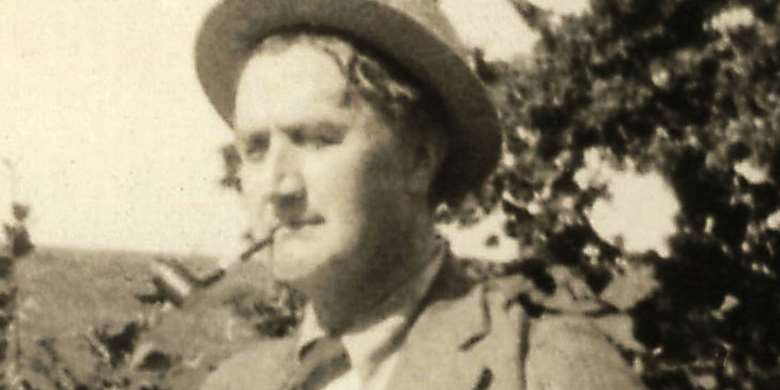How Vaughan Williams found his voice through folk song
Jeremy Dibble
Monday, April 19, 2021
The chemistry between folk song and art music was a catalyst for the English composer to discover his true voice after years of searching, writes Jeremy Dibble

Register now to continue reading
Thanks for exploring the Gramophone website. Sign up for a free account today to enjoy the following benefits:
- Free access to 3 subscriber-only articles per month
- Unlimited access to our news, podcasts and awards pages
- Free weekly email newsletter












